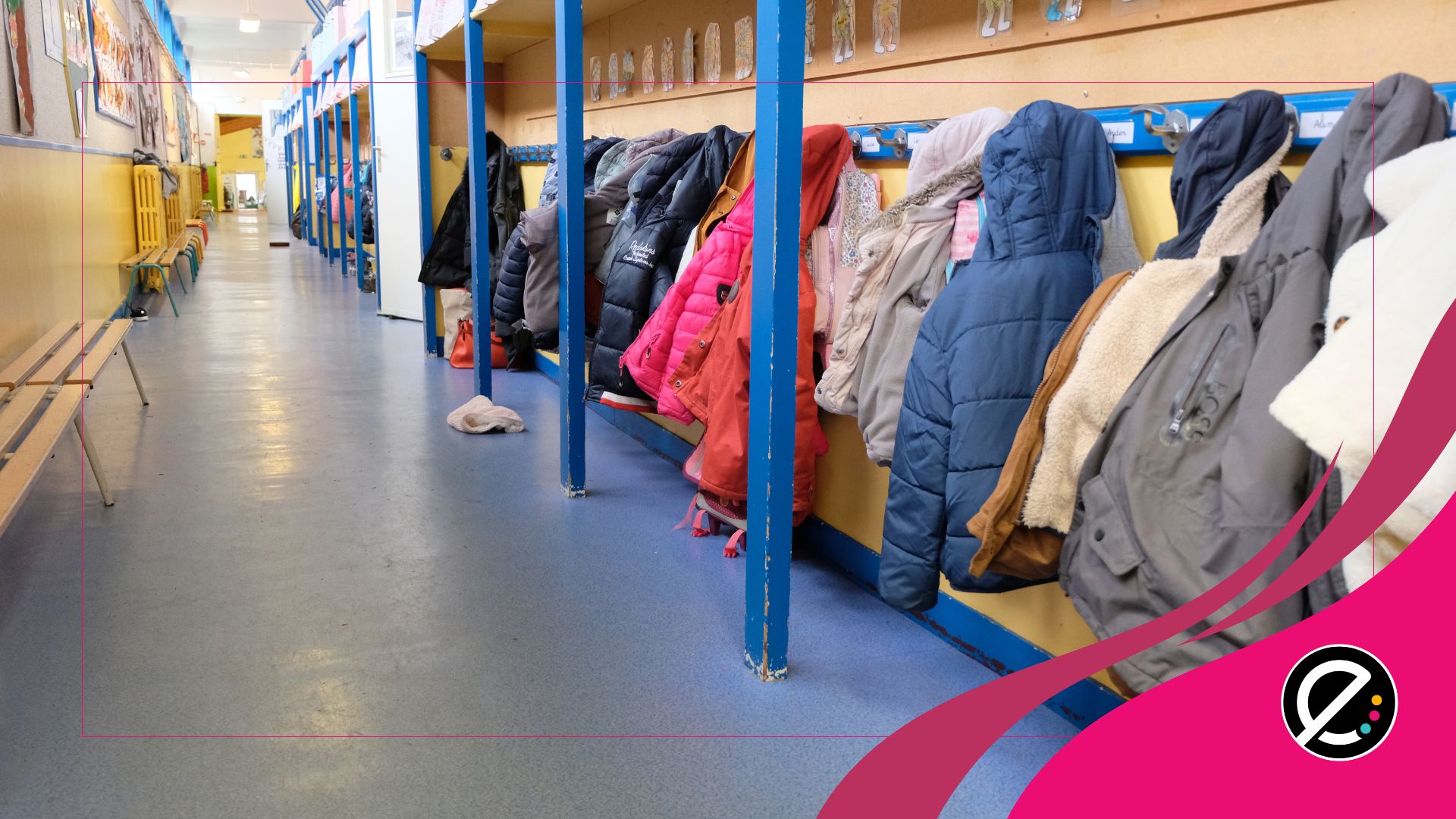Ces dernières années, des études ont montré le retard des élèves québécois en lecture par rapport à ceux des autres provinces. Heureusement, la situation s’améliore, selon d’autres études! Question de faire notre part, voici 2 stratégies d’amélioration de la lecture.
Une étude réalisée auprès d’élèves canadiens de 4e année du primaire en 2011 (PIRLS) révélait que ces derniers lisent moins bien au Québec que dans les autres provinces. Cette année-là, les élèves québécois se classaient même à l’avant-dernier rang parmi toutes les provinces en ce qui a trait à l’extraction, l’interprétation et l’évaluation de l’information lue. Or, il existe des stratégies qui peuvent les aider à mieux comprendre ce qu’ils lisent et, ainsi, à améliorer leurs lacunes. En voici deux exemples.
L’enseignement réciproque
Cette stratégie met en relation plusieurs élèves. L’enseignant divise la classe en sous-groupes qui se répartissent leurs tâches. Dans chaque groupe, il y a un guide de discussion, une personne qui pose des questions, etc. Pour cette stratégie, chaque membre groupe tente de prédire la lecture à venir et tous échangent à ce sujet. Après la lecture, le guide pose des questions, permettant ainsi d’échanger et d’analyser ce qui a été lu. Un autre élève peut poser des questions sur le sens de certains mots ou, encore, vouloir clarifier des mots plus complexes. Au terme de ces échanges (et avant de poursuivre avec la lecture suivante), le guide résume rapidement la partie analysée et le même processus est répété de section en section.
Cette stratégie encourage la communication interactive, la circulation de l’information. La compréhension du texte se construit alors durant tout le processus de l’enseignement réciproque, à savoir la lecture, le questionnement et les échanges en groupe.
Le transfert de responsabilité de l’enseignant vers l’élève
Cette autre stratégie de lecture est en fait une stratégie isolée, en ce sens qu’elle s’applique à un élève à la fois. Pour l’expliquer aux élèves, l’enseignant peut même se prendre en exemple. Il leur montre alors l’attitude à préconiser avant, pendant et après la lecture. Il leur mentionne qu’il se fixe des objectifs et survole le texte avant sa lecture, qu’il se pose des questions et s’assure de clarifier sa compréhension du texte pendant sa lecture pour finalement évaluer ses objectifs et résumer ses idées au terme de l’activité. Ensuite, l’enseignant invite les élèves à mettre en application la méthode à l’aide d’un court texte, afin de les rendre plus autonomes en lecture.
Évidemment, il s’agit de petits trucs simples et en apparence banals, mais qui rapporteront grandement aux élèves. Heureusement, le rapport 2013 du Programme pancanadien d’évaluation (PPCE) observait qu’entre 2010 et 2013, on a observé une augmentation significative des scores en lecture dans l’ensemble du Canada, notamment au Québec.






